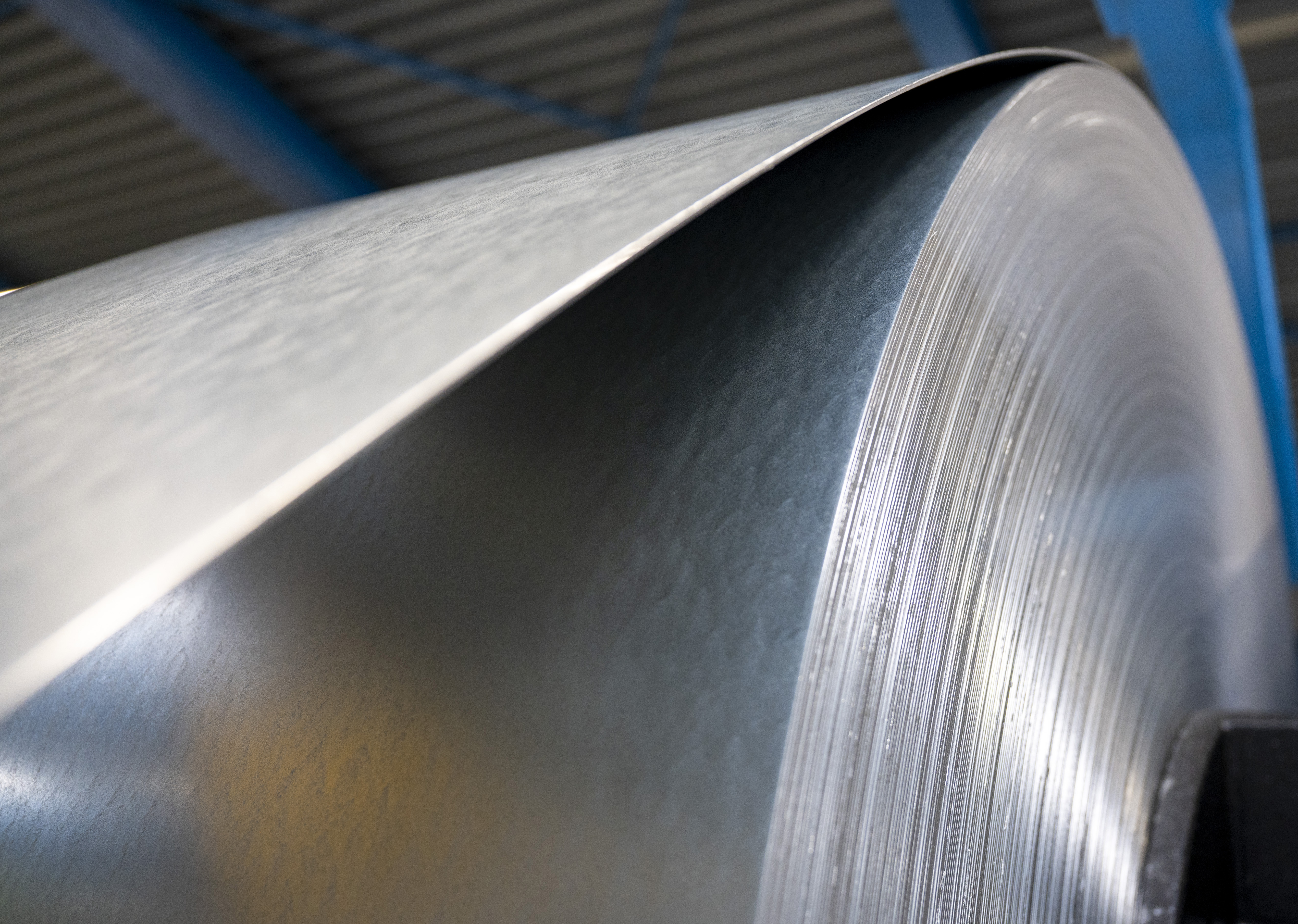From a Welded Product to a Product Stamped from One Piece
Soon after, the Floor HSB strip with lip was developed, stamped from a single piece, ensuring dimensional accuracy and stability. By using S350 steel, the Floor HSB strip is lightweight yet strong in force absorption. The hole pattern is thoughtfully designed concerning edge distances. There are now seven variants available with a material thickness of 3 mm. Additionally, there is a 4 mm model for situations involving heavier elements, further cantilevered elements, or higher wind loads. In short, there is a suitable Floor HSB strip available for every type of HSB element.
The evolution of anchoring for HSB floors demonstrates that GB is always looking for smarter solutions. To achieve this, we observe construction practices and listen to the professionals who use our products. The fact that we manufacture almost all products ourselves at our production facility in Nieuwkoop and have our own tool shop enables us to keep product development in-house.

